After solving the problem with accommodation on Cuba (I wrote about it in my previous post), the second question arises: “How to get from A to B possibly quick, cheap and comfortable?” First, these three notions cannot be combined on Cuba (yet, who knows what it will look like there in 10 years). Second, transport on Cuba is a very special story. Therefore, the second part of my Cuba post series is entirely dedicated to the travelling around, Cuba transport and, certainly, couple of tips and tricks how to make your travelling experience as easy as possible. Jump in!
In the beginning I will shortly categorize Cuban means of transportation in price-ascending order.
In a city
- Public bus – inside the city costs only 0,5 CUC. Old, overcrowded, no timetable of a route with depicted stops.
- Bici-taxi – the cheapest way to travel in the city (1-3 CUCs) “with comfort”. Even hand luggage suits in. The younger drivers usually have a music box installed into their “car”.

- Moto-taxi – quite cheap as well, we used it only once to escape from Varadero and paid 3 CUCs to reach an intersection outside the city where collective buses pass by.
- Horse carriage – we didn’t happen to try it, but it should also be not more than 3-5 CUCs for a relevant distance.

- Taxi-simple car – usually, old Russian cars (Moskvich, Lada). In Havana inside the city you shouldn’t pay more than 5 CUCs, 10-12 to the airport. In smaller cities – 2-3 CUCs. In Santa Clara, e.g., we paid 2 CUCs to go to the Che memorial. Anyway, the prices are still quite low considering the cost of fuel (around 0,9 CUC for a Liter).
- Taxi-old-timer – slightly more expensive than an ordinary car, to go to Havana airport cost us 12 CUCs, inside the city you can still negotiate it down to 5-6 CUCs.

- Taxi-fashionable old-timer – you cannot miss them, so varnished and glittering, standing on the main squares, usually without a roof. We didn’t take them, but the rumors fly that an hour costs around 40 CUCs (think about medium Cuban salary of 20 CUCs a month).
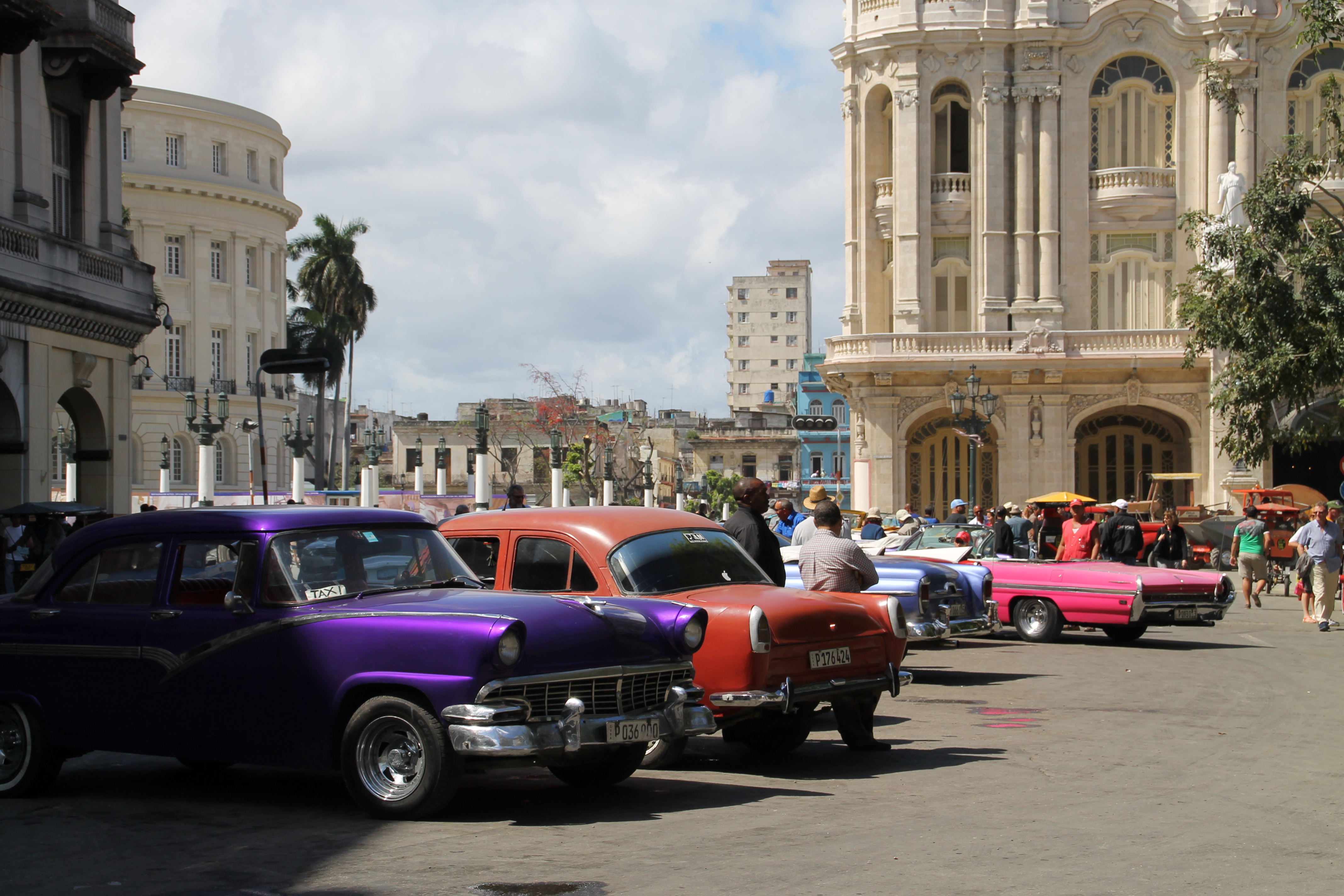
Outside a city
- Local bus – very inexpensive (for Cubans – less than 1 CUC for 3 hours drive) and goes several times a day, BUT tourists are officially not allowed to take the local buses. In all big cities where touristic bus terminal exists you will be sent directly there. I don’t know the exact reason, but locals say a driver can have problems with police if he lets you in. There is a workaround: you can try to stop a local bus on the highway or on the intersection – there is a big chance that you will be let on-board for a higher price (that is not much as well, even if multiplied by 4 or 5). Another option – to take a local bus in a small city where touristic buses don’t go at all (again, you pay a bit more). We drove couple of times with a local bus and even if police went in searching for something, we were not asked a single question.
Our experience:
Jagüey Grande (intersection) -> Havana, 1,5 hours, 5 CUC pP
Colon -> Santa Clara, 2 hours, 2 CUC pP
- Bus collectivo – a little bit pricier than a local bus, but still very cheap. You have to figure out where the buses collectivo pass by, go there, locate a group of people and say “El ultimo a <name of the destination>”. Someone should raise a hand. Now you are “el ultimo” – the last in the line and if a new passenger appears, you have to raise a hand. Theoretically, you have to get on board after the one before you. Nevertheless, from our experience, this “el ultimo” system doesn’t always work. When a bus/truck/vehicle stops, everybody runs to it and tries to get in.

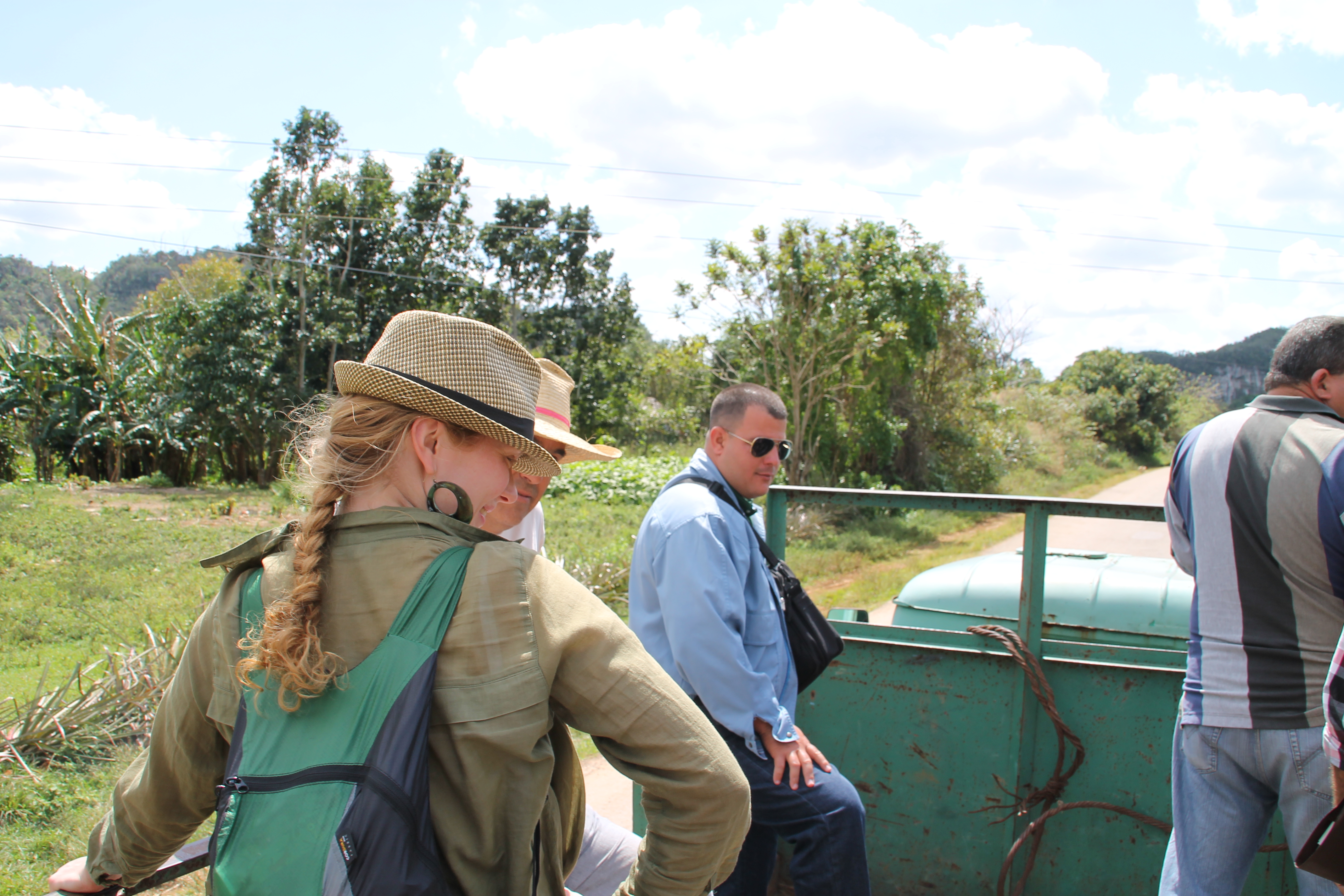
Our experience:
Varadero -> Matanzas, 30 min, 1 CUC pP
Matanzas -> Colon, 1 hour, 2 CUC pP,
Remedios -> Santa Clara, 1,5 hours, 1 CUC pP
- Touristic bus – officially, a single possibility for the tourists to travel with a public transport between the cities. The bus company is called Viazul and the tickets can be booked online in advance (viazul.com). The prices are quite high – 13 CUCs for a 3-4 hours drive. The buses are sometimes not in a good shape – some seats are broken and air-conditioning works false. If you haven’t booked a ticket in advance, there is a chance that the bus is already full and you have to stay another night in the city (the buses run twice a day as maximum). My advice: go to the bus terminal directly after arrival and check the timetable and availability of the buses.
Our experience:
Santa Clara -> Remedios, 1,5 hours, 7 CUC pP
Santa Clara -> Cienfuegos, 1,5 hours, 6 CUC pP
Trinidad -> Playa Giron, 2,5 hours, 12 CUC pP
Viñales -> Havana, 3 hours, 12 CUC pP
- Taxi collectivo (shared taxi) – in front of a bus terminal many taxi-drivers will be waiting for you and offering “standard” prices for going from A to B. The standard price still differs for the locals and for the tourists – try to negotiate at least ¼ of the price down. Taxi collectivo starts with 4 persons and can be extended up to 8 persons (depends on the car). The trip starts when the taxi is full. Sometimes, you have to wait a bit. Sometimes, longer. But, anyway, shared taxis are usually quicker than a bus and can bring you directly to your casa (but you should align on that).

Our experience:
Havana – > Varadero, 2 hours, 5 passengers in an old-timer, 12,5 CUC pP
Cienfuegos -> Trinidad, 1,5 hours, 4 passengers in an old-timer, 6 CUC pP
Havana -> Piñar del Rio, 2 hours, 8 passengers in the car, 6 CUC pP
Piñar del Rio –> Viñales, 30 min, 4 passengers in an old-timer, less than 1 CUC pP
Playa Giron -> Playa Largo, 30 min, 3 passengers in an old car, 1,5 CUC pP
Playa Largo -> Jagüey Grande (intersection), 30 min, 1,5 CUC pP
- Plane – there are relatively many airports on Cuba, but the prices are quite high, as there are no low-coasters. Appr. price Havana – Santiago de Cuba is 100 CUCs.
This is the map of our trip:

When we arrived to Cuba, we didn’t have any single plan or arrangement, only the tickets to and from Havana and 11 days in-between. We were free as a bird, and that was an amazing feeling! If we like one place, we could stay longer or we could decide to head further if we felt so…
Firstly, we hoped to make it to Santiago de Cuba, but then decided otherwise – it was still too long way down there and some places in the West were no less attractive. In the end, our route looked like this:
Havana (1 night) –> Varadero (1 night) –> Matanzas –> Colon –> Santa Clara (1 night) –> Cayo Santa Maria –> Remedios (1 night) –> Santa Clara -> Cienfuegos (1 night) –> Trinidad (1 night) –> Playa Giron (1 night) –> Havana (1 night) –> Piñar del Rio –> Viñales (2 nights) –> Havana (1 night).
Probably, spending only one night in every city could seem a little bit stressful and too speedy, but in the end we were completely satisfied, because we managed to see 10 cities and 5 beaches of Cuba and had a lot of adventurous experience during only 11 days.
Our impressions from these 10 cities I will describe in the next post… Stay tuned!
P.S.: This is a bonus that is actually belongs to the means of transportation as well.
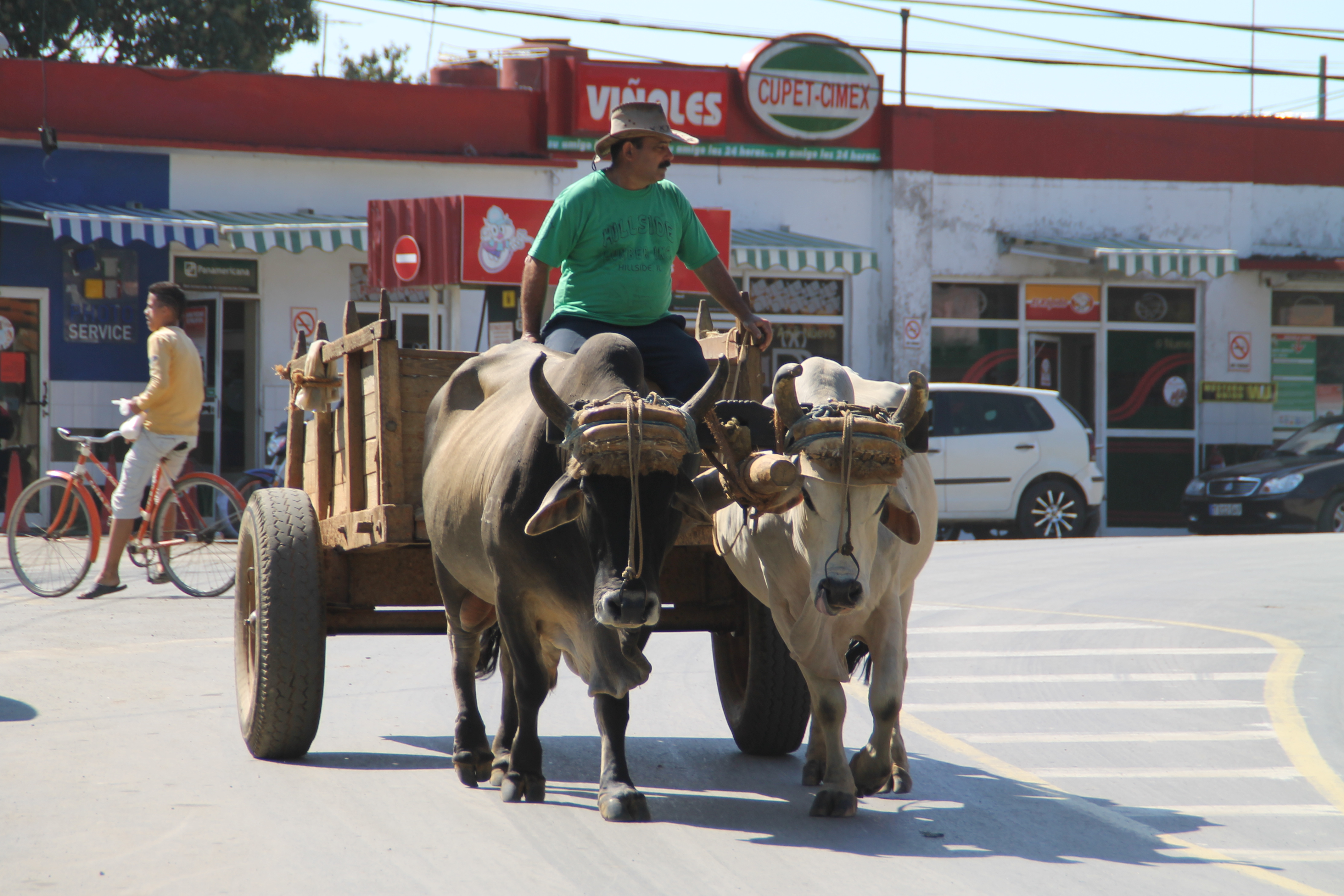


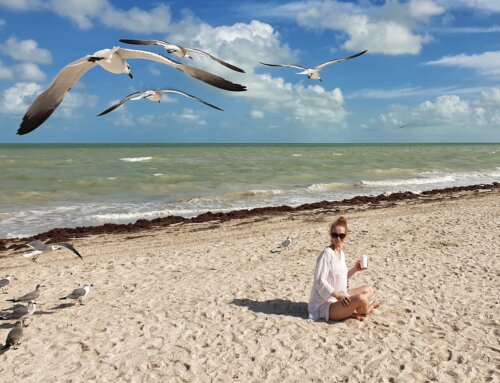
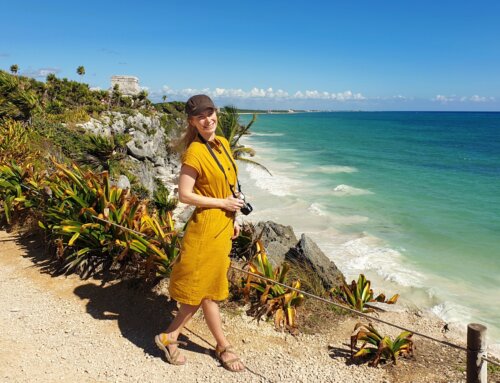
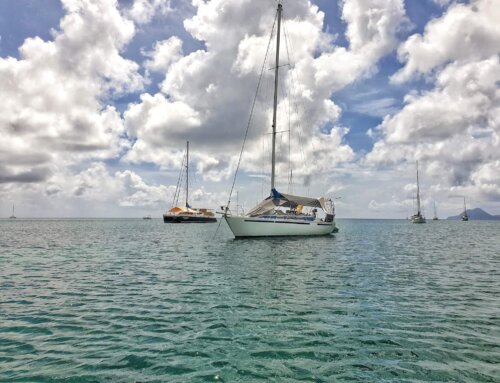
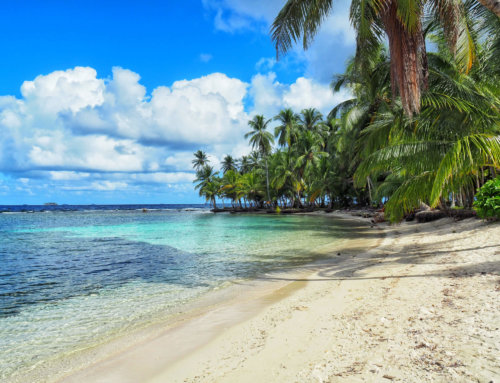
[…] and its national parks (the complete route and a map of our trip you can find in my previous post: Link) Let’s […]